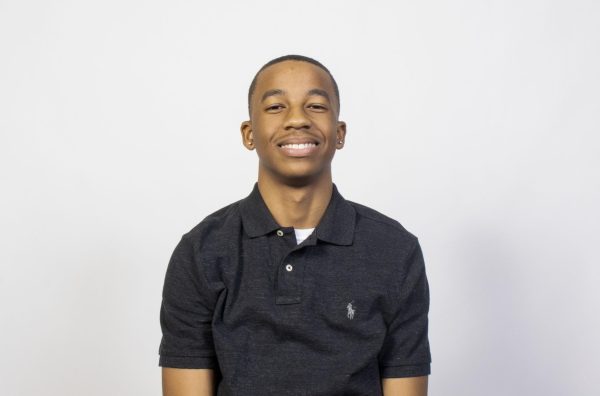Column: Emergency facilities not useful in the long-term
April 18, 2021
March brought the highest number of migrant children stopped at the United States border. Agents for U.S. Customs and Border Protection apprehended around 172,000 people, according to Biden administration officials. This included around 19,000 children. This was a 71% spike from the previous month. According to NPR, by the end of March “an average of 507 children a day were being transferred out of CBP facilities, up from 276 per day a month earlier.” “We are moving in the right direction, but we know we know we have a lot of work ahead,” an official said, noting the administration has increased the number of emergency shelter beds.
According to NPR, “The number of migrant teens and children in the custody of U.S. Customs and Border Protection fell to 2,853 this week — less than half the number who were held in overcrowded facilities near the border in late March.” Though numbers have decreased there is still a lot to accomplish before we can lay this problem to rest. In recent weeks, HHS has been adding emergency influx shelters anywhere they can. HHS has added temporary facilities that will house more than 16,000 children until they can be placed in long-term shelters, or with sponsors or relatives in the United States.
“We are excited to be able to create those beautiful spaces and a place for healing for some of those children,” says Elizabeth Carey, the CEO of Starr Commonwealth, a nonprofit with a long history of working with at-risk kids on its campus in Albion, Michigan. “When asked by our federal government if we could help and provide a safe refuge and haven for those children, we enthusiastically said, yes,” Carey said in a statement.
When asked about hiring enough staff to run these emergency shelters, Mark Greenberg, the former head of HHS Administration for Children and Families, the agency that runs the shelters said, “That is a big part of the challenge they have been facing. It can be very, very difficult to get adequate, trained, appropriate staff quickly.”
These emergency facilities are just a temporary fix though because they host a slew of health and safety concerns. Emergency facilities are not required to meet state standards for care, and this is highly problematic. “We need to make sure we’re addressing some of the long-standing issues around quality of conditions for these kids,” Pramila Jayapal of Washington said, “so that we eliminate the need for influx facilities in the future.”
Lindsey Ulrey is a freshman political science major. She can be reached at 581-2812 or [email protected].











































